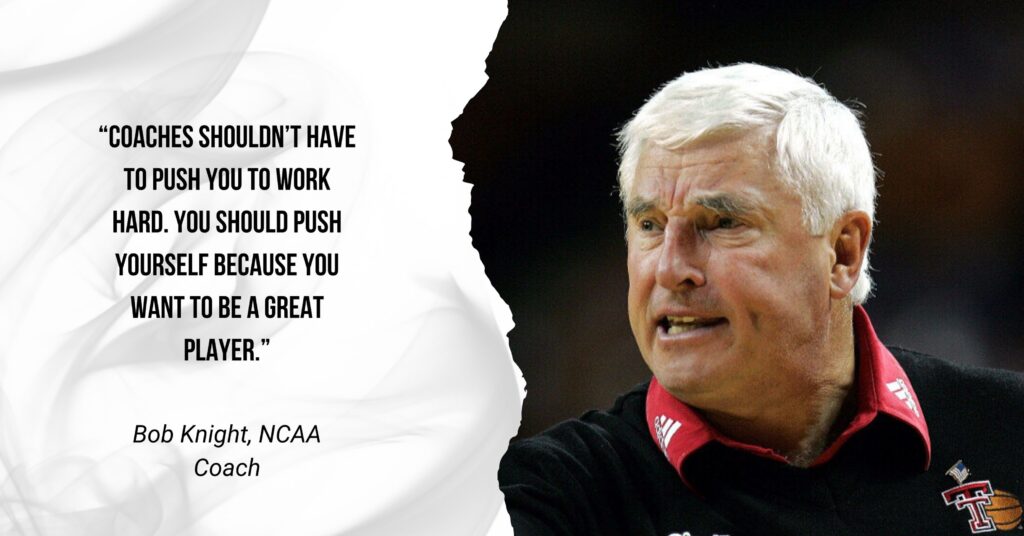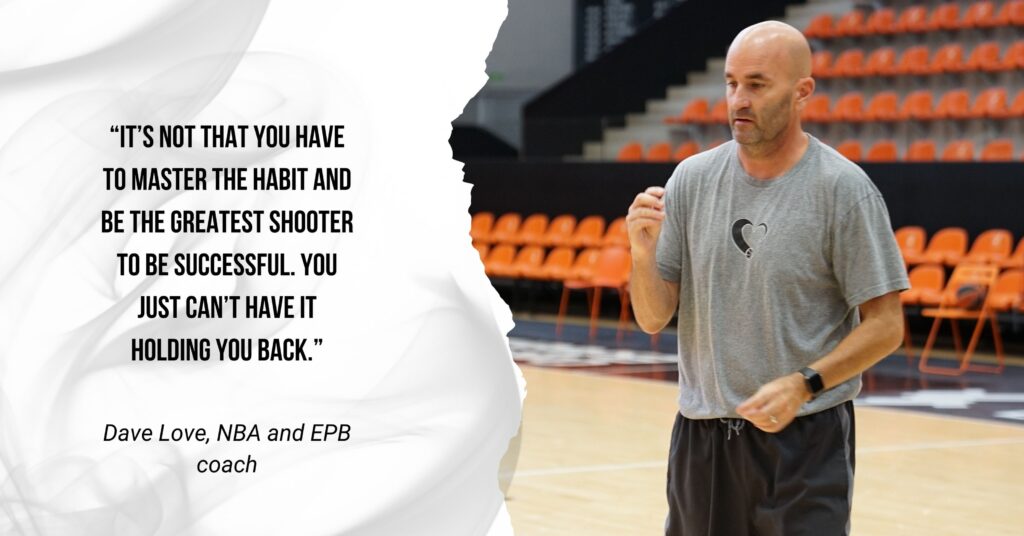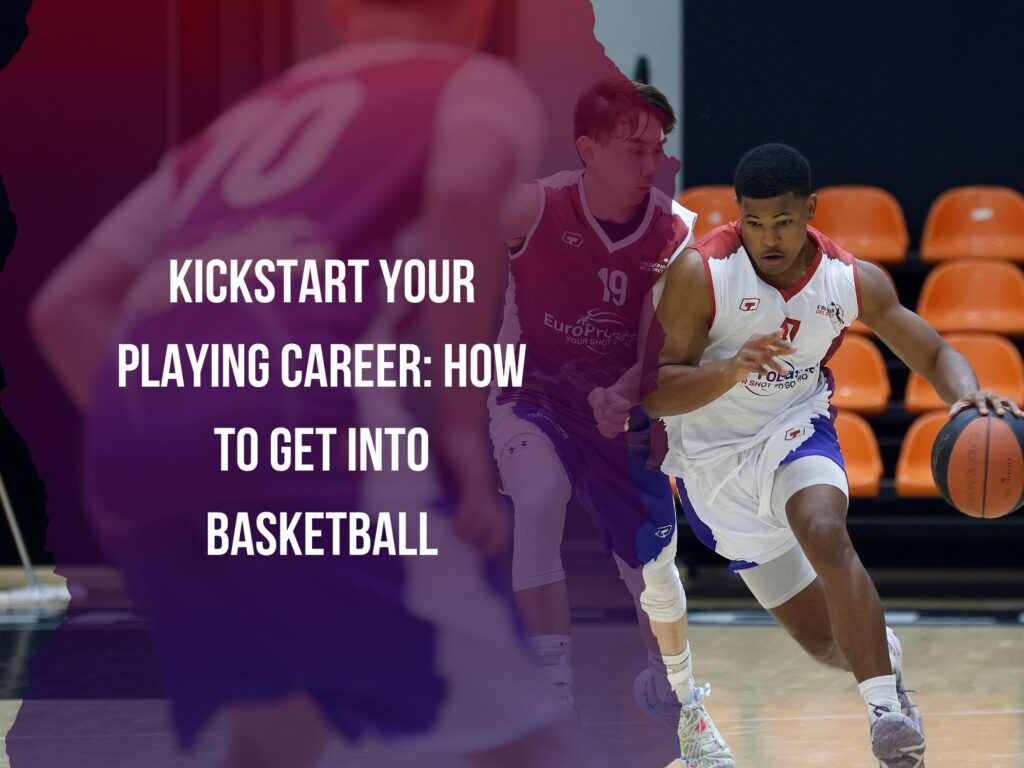It’s the world’s greatest sport, so it’s not surprising that thousands of people every year spend hours trying to work out how to get into basketball.
If you’re one of those people, you may have found this task to be harder than you first thought.
After all, playing competitive basketball requires you to learn the game’s rules and get fit so that you can give it your best shot.
It also helps you if you know the right people so that you can get basketball tryouts.
This guide will help you understand how to get into basketball step by step, including:
- The ABCs of basketball: Understanding the basics
- How to get started
- How to get into basketball shape
- Starting competitive play and a basketball career
Want to get into basketball without breaking the bank? Get in touch with EuroProBasket today to find out how we can help you become the best player possible.

Table of Contents
ToggleThe ABCs of basketball: Understanding the basics
Let’s start at the beginning: what is the aim of basketball?
As you’re probably aware, basketball is a team sport where two teams of five players try to outscore each other by shooting a ball through a hoop more times.
Each successful hoop shot gets one to three points, depending on where the player took the shot.
The point-scoring system works as follows:
1. Field Goals
- 2 points for a shot made inside the three-point line.
- 3 points for a shot made from beyond the three-point line.
2. Free throws
- 1 point for each successful free throw, awarded after certain fouls.
What are the key skills every basketballer should know?
To play basketball well, you’ll need to master a few fundamental attacking skills, including:
- Dribbling: This involves bouncing the ball with one hand while moving around the basketball court.
- Shooting: The act of trying to throw the ball through the hoop.
- Passing: Throwing the ball to a teammate to try and advance a move.
- Rebounding: The act of grabbing the ball after a missed shot.
Defensive skills are just as important as offense in basketball. These include:
- Stealing: Taking the ball away from an opponent.
- Blocking: Preventing a shot from going through the hoop.
- Help defense: Assisting a teammate in trying to guard (or block) an opponent.
We’ll cover how you can get better at these later on, but first let’s take a look at how you can find a team and basketball coach as you look to play competitively for the first time.
Finding your first basketball team
Like with many things in life, the best way you to learn is through practical experience.
Joining a local team or league is a great way to gain this experience and improve your basketball skills. Here’s how to find teams for beginners:
- Check with your school: Many high schools offer basketball teams at various levels and they’re often very cheap or even free to join.
- Look for community leagues: These leagues are often open to basketball players of all ages and skill levels so it’s a case of going along to find out which category you’re best suited to
- Search online: There are many websites and social media groups where you can find local basketball teams.
- Explore overseas: There’s a wealth of basketball training academies abroad that provide excellent training and prepare you for the overseas basketball tryouts that could get you your break into competitive games.
Setting up your training routine
Training with a team will give you the tools and knowledge to train well and become a better player, but you can also set up a routine in your free time to add to this.
Here are some tips for creating a regular training routine:
- Set a consistent schedule: Try to practice at the same time each day. Our bodies and minds love regularity, so finding the best part of the day to train will help you improve quickly.
- Focus on the key skills: Practice shooting, ball handling, and footwork, as mentioned above, to improve your overall game.
- Incorporate drills and exercises: There are many drills and exercises you can do to improve your skills. These focus on repetition and correct technique so that good form becomes muscle memory.
Remember: Consistency and hard work is key when it comes to basketball training.
As the legendary Bob Knight once said: “Coaches shouldn’t have to push you to work hard. You should push yourself because you want to be a great player.”
The more you practice, the better you’ll become.

How to get into basketball shape
Basketball is a physically demanding sport that requires a high level of athleticism and conditioning. To excel on the court, you’ll need to be strong, fast, and agile.
You may be wondering “How long does it take into basketball shape?”. The answer to this is complex and depends on your starting level of fitness and how intensely you train.
The key here is, once again, consistency. Choose a training plan and a nutritious basketball player diet and stick to it: only with discipline will you reach the condition you need to be an effective player.
An example of a basketball gym workout plan
Every pro basketballer, including the best NBA players of all time like LeBron James and Kobe Bryant, need a workout schedule. This helps to build up your upper body, legs, and core so that you can add pace and strength to your play.
Here’s one a workout plan you can follow right away.
- Warm-Up: Get your body ready
Start with active movements like leg swings and arm circles to increase blood flow and flexibility.
- Strength training
Plyometrics help add explosiveness to your play by adding muscle to your legs. Here are some example exercises.
- Box jumps
These help build explosive power in your legs, crucial for jumping higher for rebounds, layups, and dunks. Start with a lower box and gradually increase the height as your strength improves. Aim for three sets of 10 reps.
- Lateral bounds
Lateral movements are great for defensive footwork and agility. Jump laterally from one foot to the other, maintaining balance upon landing. This will improve your ability to make quick side-to-side movements on defense. Perform three sets of 15 reps per side.
- Depth jumps:
Step off a box, land on the floor, and immediately jump as high as possible. This exercise trains reactive strength, helping you become quicker off the ground during fast-paced plays. Perform three sets of 8 reps.
- Weight training
Weights may not be everyone’s favorite, but they’re great at targeting specific muscle groups to build strength.
- Squats
Squats focus on leg strength, which is key for power in both offense and defense. Squats target your quads, hamstrings, and glutes, providing the base for improved vertical jump and sprinting ability. Perform four sets of 8-12 reps with moderate to heavy weight.
- Lunges
Lunges enhance balance and strength, which are critical when driving to the hoop or making quick cuts on defense. You can do stationary lunges, walking lunges, or reverse lunges, focusing on both legs equally. Perform three sets of 10 reps per leg.
- Core exercises
A strong core enhances balance and stability during every movement on the court. Incorporate exercises like planks, Russian twists, and hanging leg raises.
Core strength also improves posture and reduces the risk of injury. Aim for three sets of 1-minute planks, 20 Russian twists, and 15 leg raises.
Conditioning
- Sprints
Full-court sprints help us simulate game speed. They also enhance cardiovascular endurance and train your body to recover quickly between plays.
Sprint the length of the court six to eight times, resting for 30 seconds between sprints.
- Shuttle runs
Shuttle runs are ideal for developing change-of-direction speed, vital for both offense and defense. Set up cones at varying distances and sprint between them, focusing on quick direction changes.
Perform four to six sets, resting briefly between each.
Bonus workout
Jumping rope improves foot speed, coordination, and endurance, all essential for maintaining quick feet on defense and explosive speed in transitions.
Use this as a warm-up or a cooldown exercise and jump for five to 10 minutes, alternating between single jumps, high knees, and double unders.
Ball handling and footwork
The second part of this workout plan looks at practical ball work we can do to get into shape for a game.
- Dribbling in half-court
Practice dribbling with both hands and at different speeds to improve your control.
- Footwork drills
Work on agility and quickness with ladder drills and cone zig-zags.
- Layups
Short-range shots that help perfect your technique for scoring easy points from close range.
- Dunking
A spectacular move where you slam the ball through the hoop. This is very difficult to do, but just attempting it helps you improve jumping, power, and coordination.
- Spot Shooting
Practice shooting from various spots on the court to improve your accuracy. Here, it’s wise to listen to basketball shooting tips from professional coaches like EuroProBasket’s Dave Love.
Love points out that very few players master shooting, but your success will reflect the amount of time you put into it. “It’s not that you have to master the habit and be the greatest shooter to be successful,” he says. “You just can’t have it holding you back. And so your practice, how much time you invest in it, needs to reflect that.”

- Free throws
Free throws are a big part of the game, so if you can master your free-throw technique for clutch shots then you’ll be an asset to any team.
Scrimmages: Put your skills to the test
Scrimmages are a great way to put your basketball skills and training to the test in a game-like setting.
Half-court scrimmages allow you to focus on specific plays and strategies, while full-court pickup games imitate the intensity and pace of a real basketball game.
Scrimmages also let you improve your teamwork and real-time decision-making so that you’ll be more ready when you get round to real games.
Cool down and recovery
After a hard workout, it’s smart to take time to cool down and recover.
Static stretching can help prevent muscle soreness and injuries. Once your muscles are relaxed, you can wind down with some light dribbling and shooting to gradually reduce your heart rate and prepare your body for a well-earned rest.
Starting competitive play and a basketball career
As you progress in your basketball journey, you’ll find different levels of competition. You may have to start at the bottom rung of the ladder, but that’s OK: any kind of competitive action with the right coaching will push you to improve.
High school basketball
High school is where many players begin their competitive careers. Here you’ll compete against players from other schools in regular season games, tournaments, and potentially even state championships.
How to get into high school basketball
The best thing to do to get noticed at high school is to convince your teachers that you have the right attitude. Being in good condition is important, but the willingness to improve counts for a lot at this level.
College basketball
If you’re slightly older, college basketball is also a gateway into a competitive career although the standard is much higher than at high school.
How to get into college basketball
To get onto a college team, you’ll need to prove yourself in practice and games to earn playing time.
College basketball is a fast-paced and physically demanding sport, so you’ll need to work hard to get noticed.
Amateur leagues
If you’re a college graduate, you never went to college, or an adult trying to make a break through, then you can start playing an amateur basketball leagues.
In the US, the Amateur Athletic Union (AAU) is the most famous example. This is an organization that hosts thousands of tournaments throughout the year, providing opportunities for players of all ages to compete at a high level.
How to get into an amateur team
Training hard and learning about the game is key for making an amateur team, yet the competition will probably still be tough.
A basketball training academy or private coach can provide expert guidance and personalized training can help you gain an edge. With their support, you can improve your skills, develop game strategies, enhance physical conditioning, and build mental toughness.
Professional leagues
Professional leagues are the highest levels of basketball competition, culminating in the likes of the NBA and the EuroLeague. These leagues feature the best players in the world and offer the most competitive basketball.
How to make a professional team
Making a pro team is very difficult and you’ll need to be in top condition and have a very high skill level. You’ll probably also need a lot of match experience, too.
Like with amateur teams, the more expert guidance you can get, the better.
Given the high cost of coaching in the United States, it might make sense to seek professional coaching abroad. There are many basketball camps in Europe, for example, that prepare players for a professional career,
Beyond training, anything you can add to your resume here, like your achievements and key features, will improve your chances.
Bonus tip
Create a highlight reel that shows off your best plays and help you get noticed by professional recruiters.
How to get into basketball: A quick summary
Basketball is a thrilling sport that offers countless opportunities. To start, learn the basics, join a team, and practice regularly. Develop your skills through drills and exercises, and consider participating in competitive play.
If you’re aiming for higher levels, focus on athleticism, participate in AAU tournaments, and excel in high school games.
Remember, dedication and consistency are key. Seek guidance from a coach or training academy to maximize your potential. With hard work and passion, you can achieve your basketball goals.
Ready to get into basketball at an affordable price? Contact EPB right now to find out how we can help you become the best basketball player you can be.






